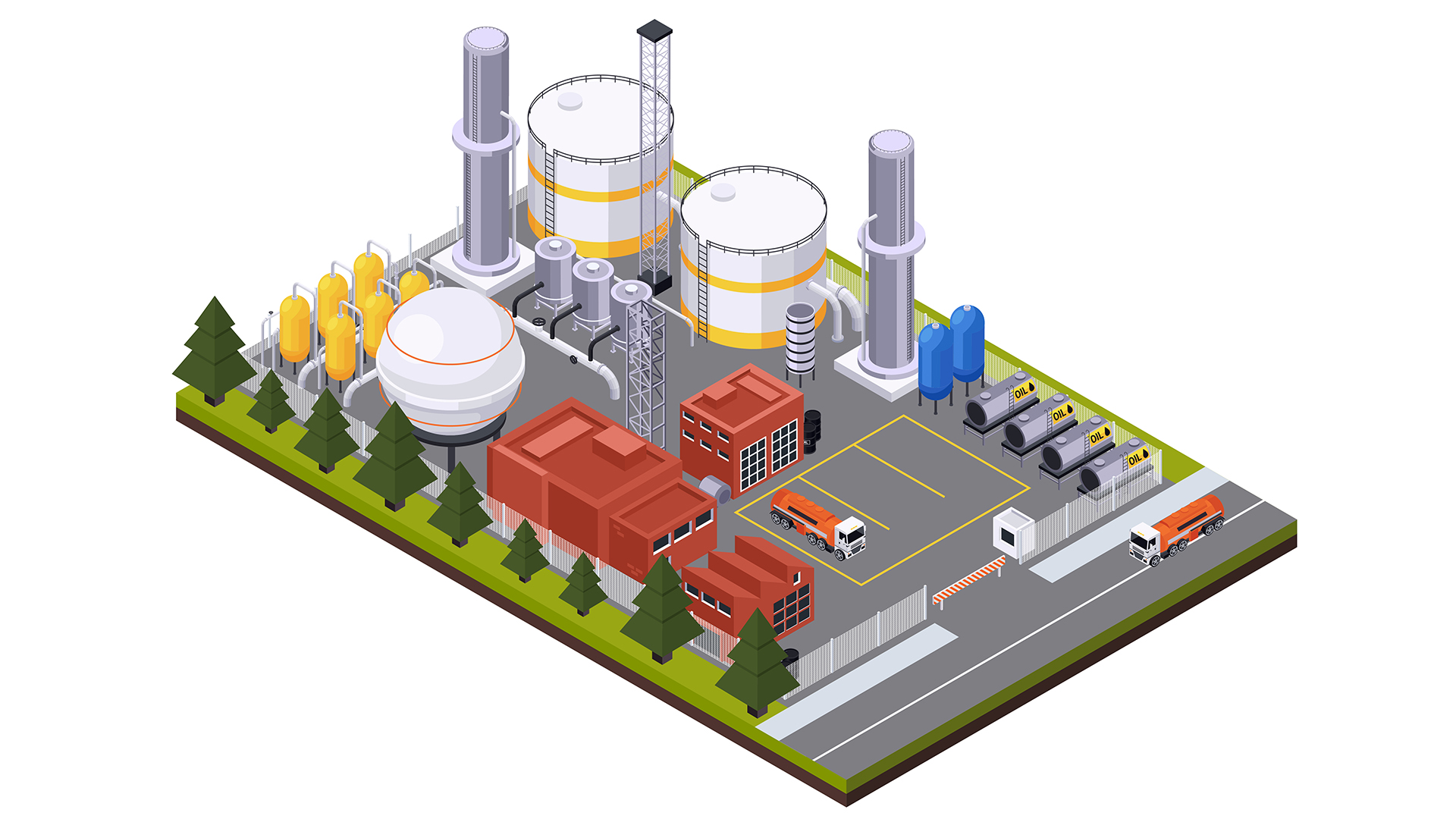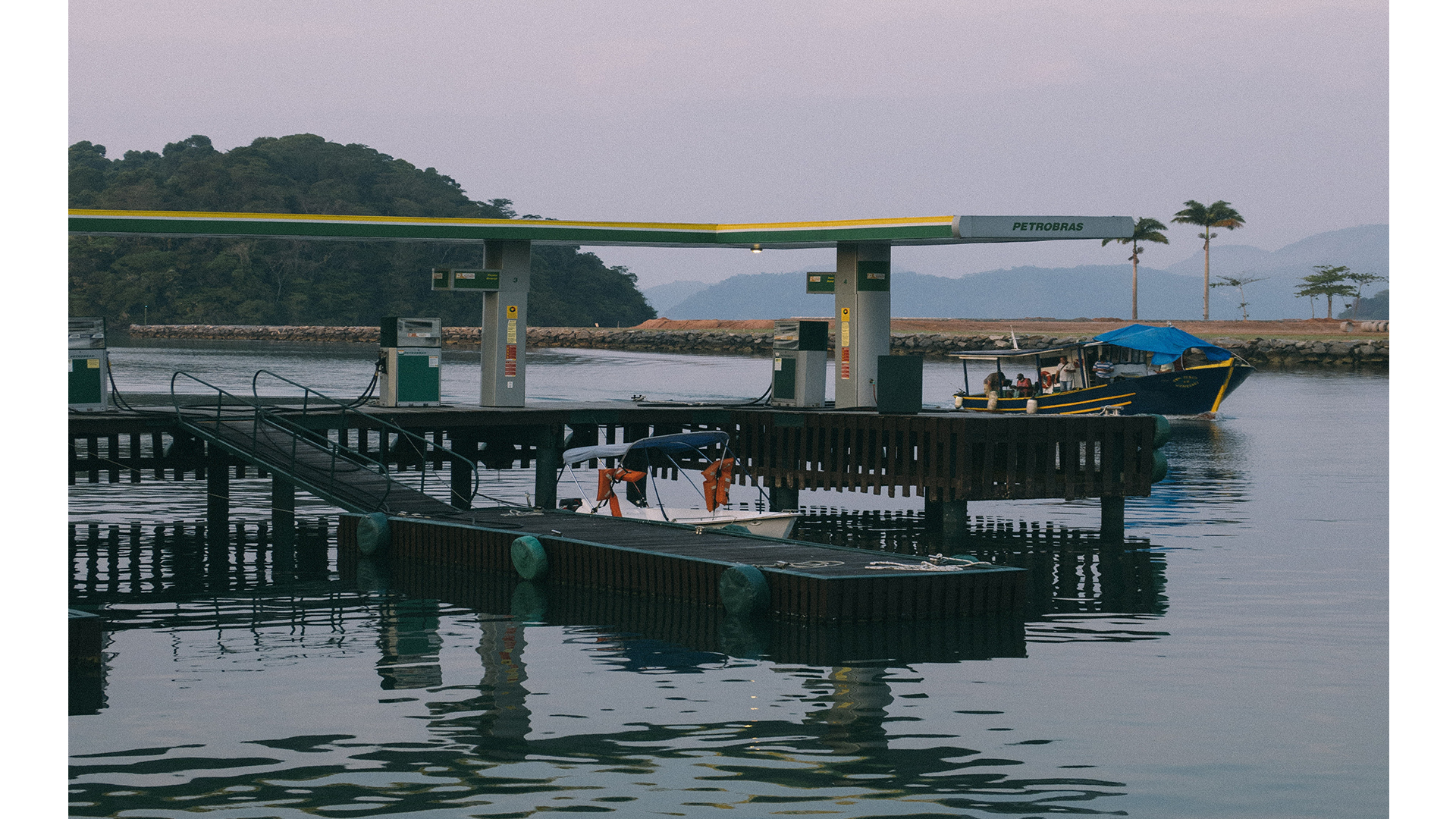
Hitting The Sweet Spot: Accurate Casing And Tubing Design Calculations
Course overview
Wells are used as a conduit by engineers to move hydrocarbons from the reservoir to the surface. Due to their high combustibility, additional precautions must be taken to ensure that hydrocarbons are brought to the surface in a controlled, safe way. The majority of this transit occurs in places that are hardly ever visible to the naked eye.
The well’s construction relies heavily on the use of tubing and casing. In other instances, such with tubing, casings provide a means for fluids to flow through the well while still preserving the well’s integrity. Casings and tubing must be properly built by engineers to prevent failure and mishaps caused by fluid pressure and well trajectory.
During the design phase, the type of material as well as its length, weight, and thickness are all taken into consideration. Since different wells in diverse terrains that are targeted at distinct reservoirs must be taken into account independently, it is imperative to comprehend the options and match each well with the appropriate casing and tubing design.
Participants will learn all the necessary details concerning casing and tubing designs, as well as the practical procedures needed therein, in this Training Bee training course. You would get the knowledge and talents necessary to function as a drilling engineer through this course, opening doors to more opportunities and fostering professional advancement.
Introduction
Participants have arrived at the Advanced Casing and Tubing Design Calculations course. Making sure the wellbore design is reliable and effective is essential in the dynamic world of oil and gas exploration and production. The safety and effectiveness of wells depend on the right design of casing and tubing, which are crucial parts of this procedure.
Participants grasp of casing and tubing design will advance thanks to this advanced training. It expands on core ideas and introduces you to sophisticated calculations, cutting-edge methods, and industry standards that are crucial for engineers, geoscientists, drilling specialists, and other people working in the oil and gas sector.
We are The Training Bee, a global training and education firm providing services in many countries. We are specialized in capacity building and talent development solutions for individuals and organizations, with our highly customized programs and training sessions.
This course will cover topics such as material selection, API standards, load analysis, regulatory compliance, safety considerations, and advanced design tools as we delve deeply into the complexities of casing and tubing design. The ideas and elements that affect the choice and sizing of casing and tubing in oil and gas wells will become thoroughly understood by you.
Participants are expected to have a fundamental understanding of casing and tubing design principles in order to get the most out of this advanced training. Before enrolling in this advanced program, we advise beginning with our introductory course on casing and tubing design if you are new to this field.
Learning Objectives
Upon completing Advanced Casing and Tubing Design Calculations, participants will be able to:
- Thoroughly comprehend the various well architectural elements and the range of subsurface tubular
- Possess a thorough understanding of tubular metallurgy and the benefits and drawbacks of different materials.
- Casing should be applied throughout the well’s length in all situations and terrains.
- Predict with accuracy how temperature, pressure, and fluid characteristics will affect casing design and make the necessary adjustments to design calculations.
- Analyze casing defects and provide workable, affordable fixes
- Apply data analytic expertise to solving architecture issues
- Hand-calculate designs and have a working understanding of how to use applications for software like Well CAT
Our Unique Training Methodology
This interactive course comprises the following training methods:
- Journaling – This consists of setting a timer and letting your thoughts flow, unedited and unscripted recording events, ideas, and thoughts over a while, related to the topic.
- Social learning – Information and expertise exchanged amongst peers via computer-based technologies and interactive conversations including Blogging, instant messaging, and forums for debate in groups.
- Project-based learning
- Mind mapping and brainstorming – A session will be carried out between participants to uncover unique ideas, thoughts, and opinions having a quality discussion.
- Interactive sessions – The course will use informative lectures to introduce key concepts and theories related to the topic.
- Presentations – Participants will be presented with multimedia tools such as videos and graphics to enhance learning. These will be delivered engagingly and interactively.
Training Medium
This Advanced Casing and Tubing Design Calculations training is designed in a way that it can be delivered face-to-face and virtually.
Course Duration
This training is versatile in its delivery. The training can be delivered as a full-fledged 40-hour training program or a 15- hours crash course covering 5 hours of content each day over 3 days
Pre-course Assessment
Before you enroll in this course all we wanted to know is your exact mindset and your way of thinking.
For that, we have designed this questionnaire attached below.
- Why are casing and tubing in oil and gas wells used primarily?
- In the context of casing and tubing, define “burst pressure” and “collapse pressure.”
- What role do casing and tubing material qualities play in design?
- Why are API standards significant in the design of casing and tubing? What does API stand for?
- Name a few API standards that pertain to the design of casing and tubing.
- Identify the main elements to take into account when deciding on the casing size for a well.
- How do you figure out the axial tension necessary for the casing design of a particular well?
- Describe the process for determining the weight and grade of casing for a certain wellbore design.
Course Modules
This Advanced Casing and Tubing Design Calculations covers the following topics for understanding the essentials of the Agile Workplace:
Module 1 – Introduction to Well Architecture
- Review of types of wells
- Typical well geometry
- Vertical
- Deviated
- Horizontal
Module 2 – Metalworking for Casing and Tubing
- Properties
- Material
- Weight
- Wall Thickness
- Size
- Burst Pressure
Module 3 – Considerations for Design
- Formation Force
- Gradient of fracture
- Zones of abnormal pressure
- Zones under pressure
- Zones of excess pressure
- Increasing annular pressure
Module 4 – Casing Position
- Geographical factors
- Selection of casing
- Choosing a casing seat
- Top down
- Bottom Up
Module 5 – Failure
- Failure Indicators
- Causes
- Pressure-based
- Corrosion
Module 6 – Connections
- Introduction
- Types
- API
- Proprietary
- Tank supports
Module 7 – Individual Cases
- Wells with high temperatures and pressure
- Temperature effects
- Resulting pressure
- Design alterations
- Alternative wells
- Fluid fracturing
Module 8 – Modern Casing Design Techniques
- Study of the data and failure forecasting
- Using software
- Overview of Well CAT
- Overview of Stress Check
Module 9 – Case Studies of Designs
- Case Study 1: Data from Norne Field
- Manual computation
- Case Study 2: Hand Calculated Volve Field Data Using Well CAT
- Case Study 3: Exercise Using Topaz Field Data
Post-course Assessment
Participants need to complete an assessment post-course completion so our mentors will get to know their understanding of the course. A mentor will also have interrogative conversations with participants and provide valuable feedback.
- List two or more API standards that are important to casing and tube design and give a brief description of each.
- Describe the process you would follow to figure out the axial tension, burst pressure, and collapse pressure for the casing of a particular well.
- The procedures for determining the collapse pressure and burst pressure for production tubes should be discussed.
- Describe the various loads that casing and tubing in a well are subjected to.
- Describe the meaning of well integrity and its importance to the oil and gas sector.
- During the training, did you utilize any software or tools for designing casing and tubing?
- Give an example of a real-world casing and tubing design difficulty that was brought up in class and describe how it was solved. What conclusions did this case study teach you?
Lessons Learned
- Participants will have a thorough understanding of the complex design principles, computations, and best practices for casing and tubing in oil and gas wells. They will understand the significance of API standards in preserving the reliability and security of well designs.
- Detailed Load Analysis: By conducting detailed load analyses, participants can make sure that casing and tubing can handle the varied stresses encountered in the wellbore.
- Material Selection: They will be more knowledgeable about the selection of casing and tube materials, taking into account aspects like grade, weight, and corrosion resistance to satisfy the unique requirements of each well.
- Understanding the intricate regulatory framework that governs well designs and the significance of abiding by these laws in order to maintain safe and compliance operations.
- Recognizing the importance of casing and tube design in assuring employee safety and reducing negative effects on the environment, in addition to its functionality.
- Expert Techniques: Familiarity with cutting-edge methods and instruments, including as finite element analysis and computer software, for designing and assessing casing and tubing systems.
- Real-World Application: The capacity to use case study analysis to apply theoretical knowledge to real-world circumstances, hence boosting problem-solving abilities.







